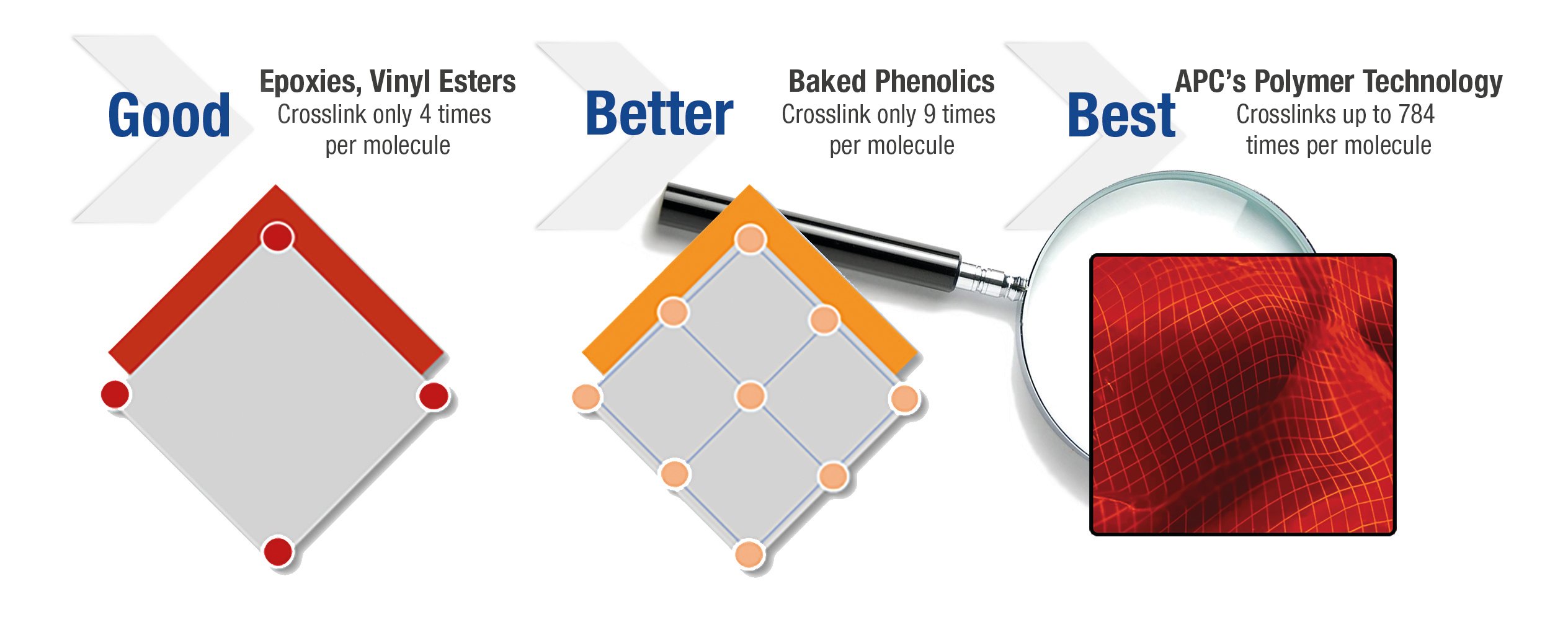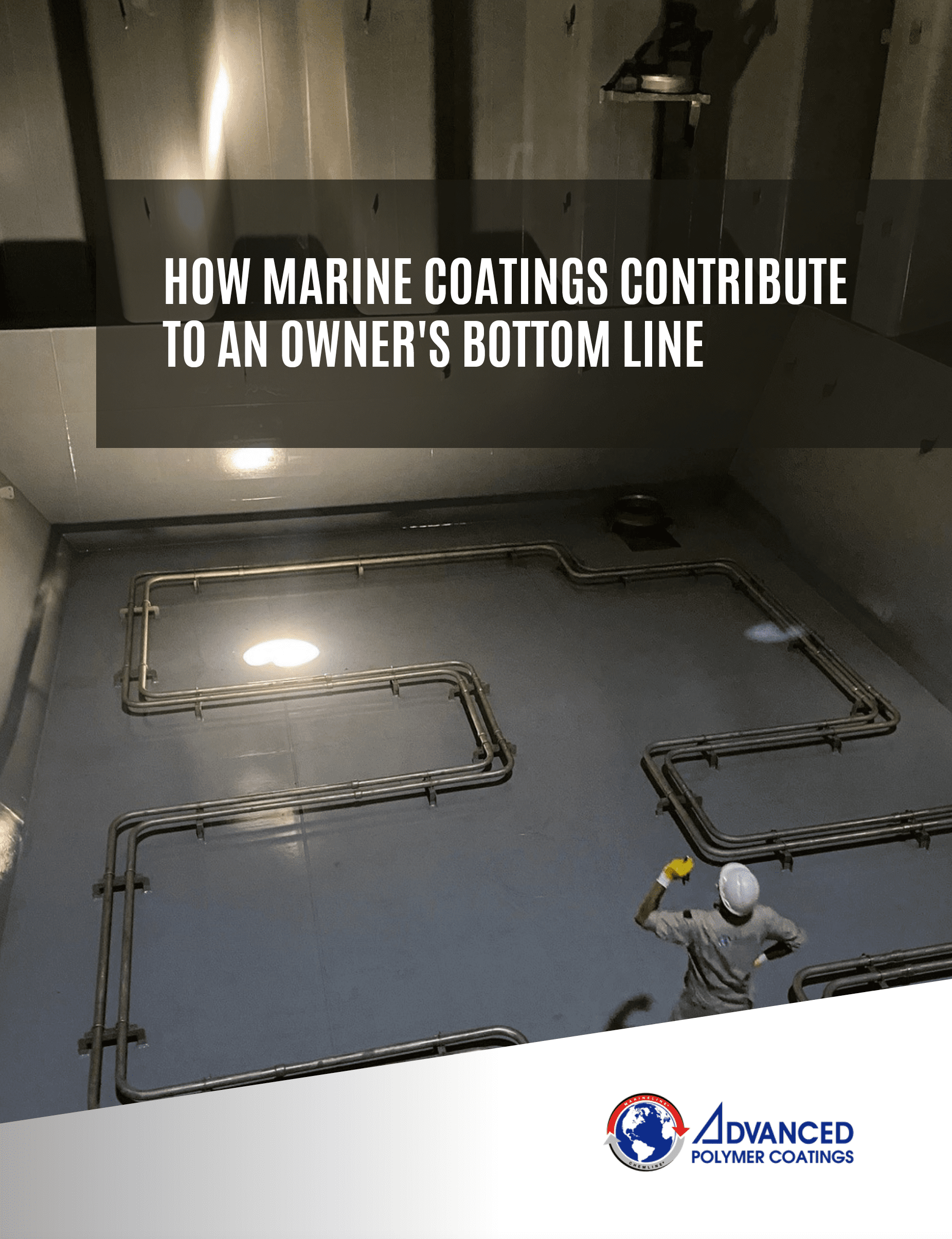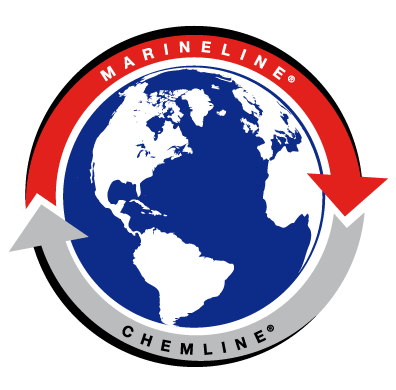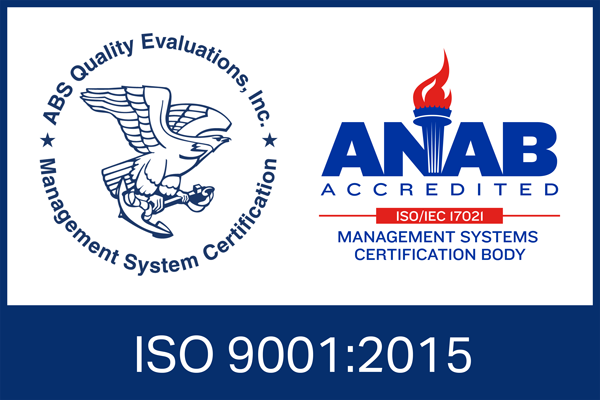In times of economic downturn, quickly switching between different cargoes is crucial for maritime chemical and product tanker owners. Choosing the right coating or tank material can expand the range of cargoes and reduce the time needed for switching. The critical decision for owners is selecting the tank lining or coating that delivers the highest return on investment (ROI). This article discusses liquid chemical cargo classifications, tank material or lining/coating types that provide the highest ROI, and marine coatings with specific functional properties.
Liquid Chemical Cargoes and Classifications in Tankers
Liquid chemical cargoes transported in tankers can be categorized into three groups:
- Organic Chemicals: These chemicals are made from hydrocarbons such as oil and natural gas and are used to produce other chemicals or make plastics and resins. They represent about 60% of the liquid chemicals market and include methanol, MTBE, xylene, styrene, benzene, toluene, etc.
- Inorganic Chemicals: These mostly acidic chemicals comprise about 15% of the liquid transport market.
- Vegetable Oils and Animal Fats: These oils and fats, such as palm and soybean oil, are used as feedstock for various industrial processes and makeup about 25% of the carriage market.
Each chemical cargo is classified based on its carriage requirement as defined by the International Bulk Chemical (IBC) Code, which imposes strict regulations on ship design, equipment on board, and handling procedures. The International Maritime Organization (IMO) assigns a grade to each cargo based on its flammability, toxicity, corrosiveness, and reactivity. Shipowners must ensure that their tanker’s capabilities match the requirements for each cargo.
To maximize the sales potential of their fleets, it’s evident that shipowners should aim to carry the most profitable, high-specification cargoes when possible and accept offered cargoes to make full use of the vessel’s cargo volume. This requires carrying organic chemicals and vegetable oils/animal fats, which comprise 85% of the liquid carriage market.
Shipowners can enjoy significant financial benefits by maximizing cargo tanks on every voyage. To achieve this, shipowners need to assess various types of cargoes and plan to upgrade existing vessels and/or purchase new-builds to carry higher specification cargoes that yield higher profits and provide more versatility.
What Type of Marine Coating Best Serves Needs
There are two main options when considering tank materials or linings/coatings: constructing stainless steel tanks or specifying carbon steel tanks with a protective coating such as phenolic epoxy, zinc silicate, or MarineLINE®.
To determine the best approach in terms of ROI, various factors must be considered, such as performance capability, tank construction, application and inspection, and ongoing operating and cleaning issues.
Stainless steel tanks are corrosion-resistant and can carry a range of chemicals. However, they have a high entry point for new-build construction and costly ongoing maintenance. Chlorides can penetrate the passivation and cause corrosion, resulting in extensive repair and maintenance costs. Duplex stainless steel tanks offer higher corrosion resistance but at a higher price to combat this issue.
Zinc coatings offer excellent mechanical strength, but they have limited service capabilities and are vulnerable to acids, caustics, acid-containing oils, and urea. Although some shipowners use zinc-lined carriers for methanol service, this strategy eliminates versatility in their operation, resulting in lost profits if the ship returns without any backhaul cargo after delivering methanol. Zinc coatings have high absorption characteristics, which can cause some cargo retention and lead to purity issues in subsequent cargoes, limiting backhauling and service.
Conventional and phenolic epoxy coatings represent about 59 percent of the chemical tanker market. These are used in various services, including some organic acids, alcohols, edible oils, fats, and solvents. These coatings, however, are unsuitable for very corrosive liquids. Many manufacturers specify that no aggressive cargoes be loaded in the first three months. After carrying an aggressive cargo, the following cargo should be an approved non-aggressive one to prevent any coating problems. This juggling of cargoes takes its toll on profitable cargo sequencing and compromises versatility, reducing potential profits.
The final option is MarineLINE®, a high-performance polymer-based lining/coating that offers high chemical resistance, versatility, and ease of cleaning. MarineLINE® forms a nearly impermeable, highly cross-linked structure allowing easy chemical attack and cargo absorption. It has captured over 12 percent of the tanker market since its introduction several decades ago.

MarineLINE® offers several advantages, including the ability to transport a wide range of aggressive cargoes and switch between different types of cargo easily. Compared to stainless steel tanks, MarineLINE® is significantly more cost-effective, with construction costs for stainless steel tanks typically three times higher. Although stainless steel tanks may have a longer lifespan, the ongoing maintenance costs associated with passivation can be substantial. Meanwhile, organic linings and coatings are subject to aging and may require repairs or recoating, resulting in downtime. Aggressive cleaning for quick turnaround and cargo cycling can also accelerate aging.
Marine Coatings: Cleaning Requirements, Versatility and ROI
A well-executed tank cleaning process for coated cargo tanks can have a positive impact on your profits. This is particularly true when the coated surface has high gloss and low absorption, desorption, and retention (ADR) properties. The best cleaning practices ensure a clean surface while minimizing cleaning time and costs; anything more is considered over-cleaning. Chemical tanker owners and operators who excel in this area know that not all cargo tank coatings are equal and that the coating’s properties directly affect the necessary amount of tank cleaning.
MarineLINE®-coated tanks have a long service life and a much lower maintenance cost than stainless steel, and ROI is achieved faster since the initial construction cost is only one-third that of stainless construction. At the same time, MarineLINE®’s higher versatility allows more types of cargoes to be carried than phenolic epoxy-coated tanks.
With stainless steel, inherent problems with chloride attack can make tank cleaning costly. Typically, washing is carried out with seawater at a specific temperature to remove cargo residues, where possible, followed by washing with fresh water to remove chlorides. For some cargoes, only fresh water is used.
Maintaining a quality stainless steel tank requires passivation at various points throughout the cargo tank’s lifecycle. Passivation depends on the cargoes carried, and it’s estimated that 16 percent of an entire stainless steel tanker’s maintenance budget is devoted to maintaining its tanks over the ship’s lifetime.
In zinc-coated tanks, traditional cleaning chemicals can destroy zinc when cleaning dyed gasoline, gasoil, or vegetable oil cargo and switching to methanol or MEG. Only zinc-safe cleaning chemicals can be used. Zinc silicate tanks are inherently porous; previously carried cargoes can migrate into pores and capillaries.
Phenolic epoxy coatings have very high absorption properties and have high restrictions for cleaning and cargo loading. Substantial cargo restrictions exist on the carriage of edible oils and other sensitive chemicals. Also, after the carriage of aggressive water-soluble cargoes, no steam, ballast water, wash water, slops, or aqueous cargoes may come into contact with the phenolic epoxy coating before its coating condition is restored by ventilation. All these “extra” cleaning requirements and carriage limitations of stainless steel, zinc, and epoxy coatings translate into lost revenue.
Cleaning Advantages with MarineLINE®
The primary purpose of tank cleaning on chemical tankers is to remove the previous cargo and prepare for the next. It also prevents residue buildup and is necessary for gas-free entry. The extent of tank cleaning required depends on factors such as the physical and chemical properties of the previous cargo, tank coatings, and the specifications for the next cargo.
It is essential to understand how specific cargoes interact with standard cargo tank linings to ensure an efficient and cost-effective cleaning procedure.
Stainless steel is a good option for its passive layer, which resists corrosion and chemical and oil products, but it is costly and susceptible to halides, primarily inorganic chlorides, which can damage the passive layer and promote corrosion.
Zinc-rich coatings are durable and resistant to volatile solvent-type cargoes but are limited to mainly handling pH-neutral cargoes and cleaning materials. They have a rough surface profile and porous matrix that tends to trap and retain non-volatile chemical and oil cargoes, making tank cleaning challenging, especially for high-purity cargoes.
Epoxy and phenolic coatings are suitable for the carriage of non-volatile cargoes due to their smooth “closed” surface. Still, they absorb and retain volatile solvent-type cargoes better suited to zinc silicate coatings. Removing retained cargo residues from conventional organic coatings by tank cleaning is almost impossible, which is crucial to consider when transporting sensitive, high-purity chemical cargoes.
An alternative option is the use of MarineLINE®, the high-functionality polymer coating creates an ultra-smooth smooth, glossy, low-energy, highly impermeable lining that is virtually non-absorbent to oils and solvents, minimizing cross-contamination and reducing tank cleaning costs and times.
MarineLINE® reduces venting time, uses less cleaning chemicals, and less fuel/energy for cleaning equipment, allowing the ship to return to service faster. A wide range of approved cleaning detergents and chemicals can be used to clean and prepare the coating for the subsequent cargoes allowing the shipowner/operator to maintain the coating with minimal effort.
Several shipowners have provided examples of their MarineLINE® cleaning practices which APC readily shares with others upon request. A properly cleaned and maintained MarineLINE® cargo tank coating will provide excellent service for many years.
Conclusion
MarineLINE® distinguishes itself from other coatings by allowing for immediate loading of all cargoes on the resistance list upon delivery. In contrast, other coatings may require a waiting period for natural curing before loading certain non-aggressive cargoes. Additionally, with certain aggressive cargoes, the waiting period for other coatings can be up to three months of service and hot curing.
At APC, we recognize the responsibility and daily challenges shipowners face when trying to run a successful operation and are committed to continuously enhancing and refining our coatings and technologies to serve their needs better. As a top-tier coatings solutions provider, we offer advanced, value-added coatings to safeguard your assets and keep you trading longer.






